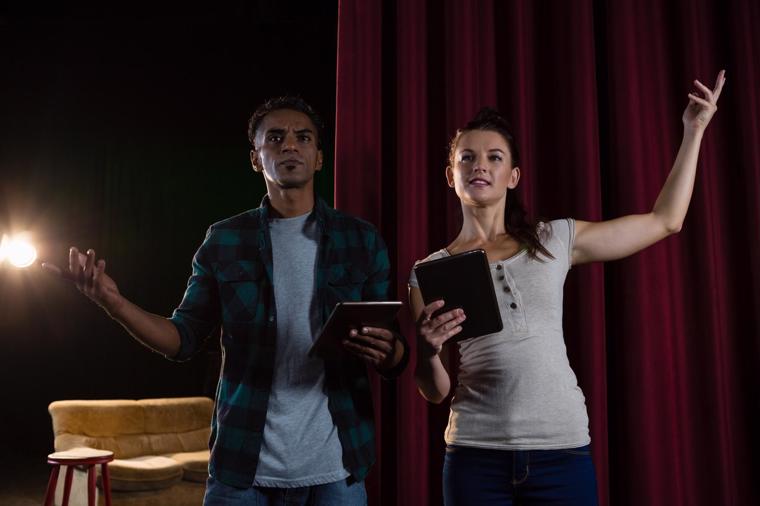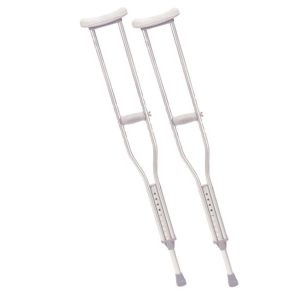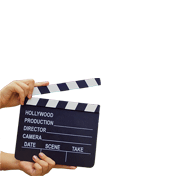4 Great Reasons to Audition with Your Sides In Your Hands
Question: Now that you are off-book, should you bring your sides into the audition room with you? Should you use them during the audition?
(by Tonya Tannenbaum)

So, you recently submitted yourself, or your agent submitted your profile, for an audition. The submission was accepted, the audition was scheduled, and you received your audition sides.
The sides are easy…only a few lines. You learned them quickly, after repeating them a few times. These lines came natural to you; so natural, in fact, that you are already off-book.
Question: Now that you are off-book, should you bring your sides into the audition room with you? Should you use them during the audition, even though you don’t need them? After all, auditioning without them demonstrates to the casting director that you are prepared, right?
Instincts may tell you to leave your audition sides at home. But conventional industry wisdom says: Always audition with your sides in-hand.
RELATED
What are Sides?
Here are 4 great reasons why you should always audition with your sides in-hand:
#1: You might forget your lines

You might think your lines were easy to learn. And you might think you have them down pat. But practicing them with your actor boyfriend and performing them in front of a casting director are — obvious point in 3…2…1…— two entirely different things!
The magnitude of the moment can make you forget even the simplest of lines. Saying those few “easy” lines in front of your adoring boyfriend, while he gives you admiring glances, is easy enough.
But saying those same lines with a stomach full of butterflies, in front of a casting director who’s in a rotten mood, and with a conscience that keeps making you feel guilty that you were 30 minutes late for this audition — and those “easy” lines may not be so easy to remember.
That’s one reason why you should always keep your audition sides in your hands, even if you don’t think you’ll need them.
Because…you might unexpectedly need them!
#2: Audition sides can be a crutch

Auditions are nerve-racking enough, even for seasoned actors! If the pressure in the audition room was visible, the whole room would look like a steam room. Opportunity is on the line! Money is on the line! Careers are on the line! The pressure is thick!
When you are swimming in a sea of pressure, it’s always good to have a life raft. Sides can be your life raft, your crutch; something to hold on to as you audition for the people who may decide if you make your rent next month.
Holding on to those sides gives you something familiar to clutch, even if you already know all the words it contains and don’t need to look at it as you perform.
#3. Audition sides can be used as a prop

One of the biggest benefits to holding your audition sides in your hand, even if you don’t really need them is that you can use them as a prop.
Only amateur actors bring cheezy props to an audition. Experienced actors know you don’t bring toy guns, for example, to audition. You simply suggest a gun using, perhaps, your cell phone or…your sides!
You can use your sides to mimic all kinds of props. For example:
*You’re auditioning to play a musician and need a pretend “microphone”.
*You’re auditioning to play a baseball player and you need a pretend “baseball bat”.
*You’re auditioning to play a businessman trying not to get soaked on a rainy day and you need a pretend “umbrella”.
*And, as stated above, your sides can, indeed, be your pretend “gun” for your police officer character or your bank robber character.
Need a handy prop? Use your sides!
#4: Audition sides can lower expectations

Let’s face it: sometimes casting directors don’t give actors much time to prepare. You might get your sides in the morning and be expected to nail your audition in the afternoon. (That really ought to be illegal or something, right?!?!).
Some casting directors expect actors to give amazing performances with very little prep time.
Fortunately, most casting directors understand that you haven’t had much time to prepare. They understand that the audition you give is not a finished product. They understand that actors may not be comfortable with all the lines, language and linguistics.
Use this to your advantage!
Auditioning without your sides could leave the impression that you already know your lines, that you have had enough time to prepare and that you are giving a more polished audition.
Auditioning with your sides in-hand could leave the impression that your audition performance is less polished. Even if it is not!
In other words:
Memorize your lines but audition with sides in-hand, as if you are unfamiliar with the lines; as if your audition is not very polished.
Then, blow the casting director away with your (polished) performance!
You Might Also Like:
5 Things You Should Never Do After an Audition



